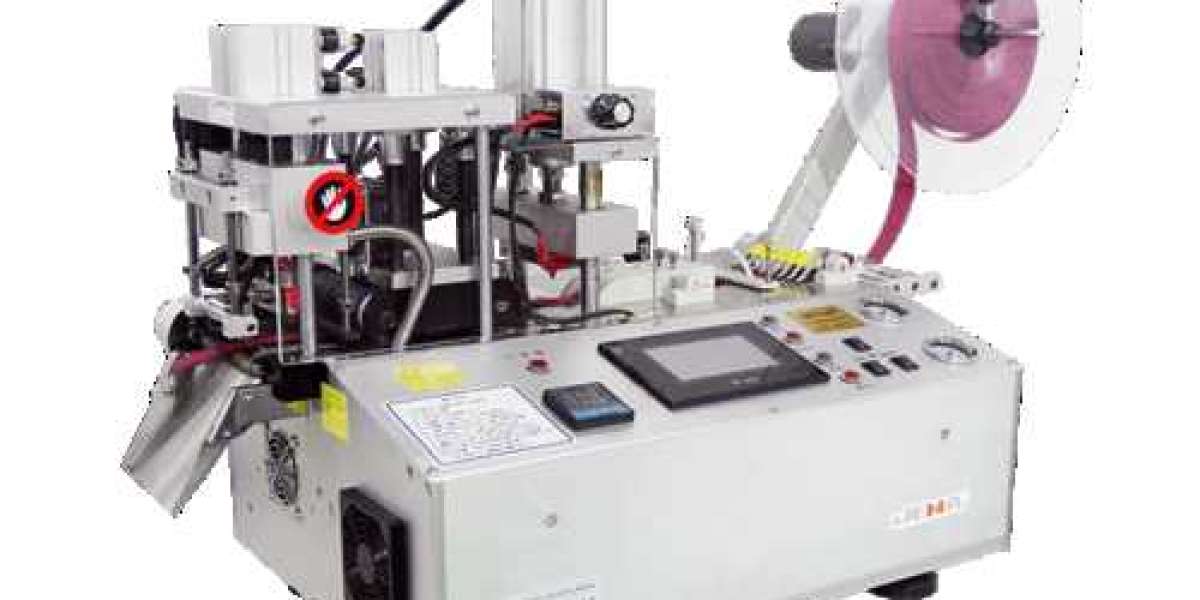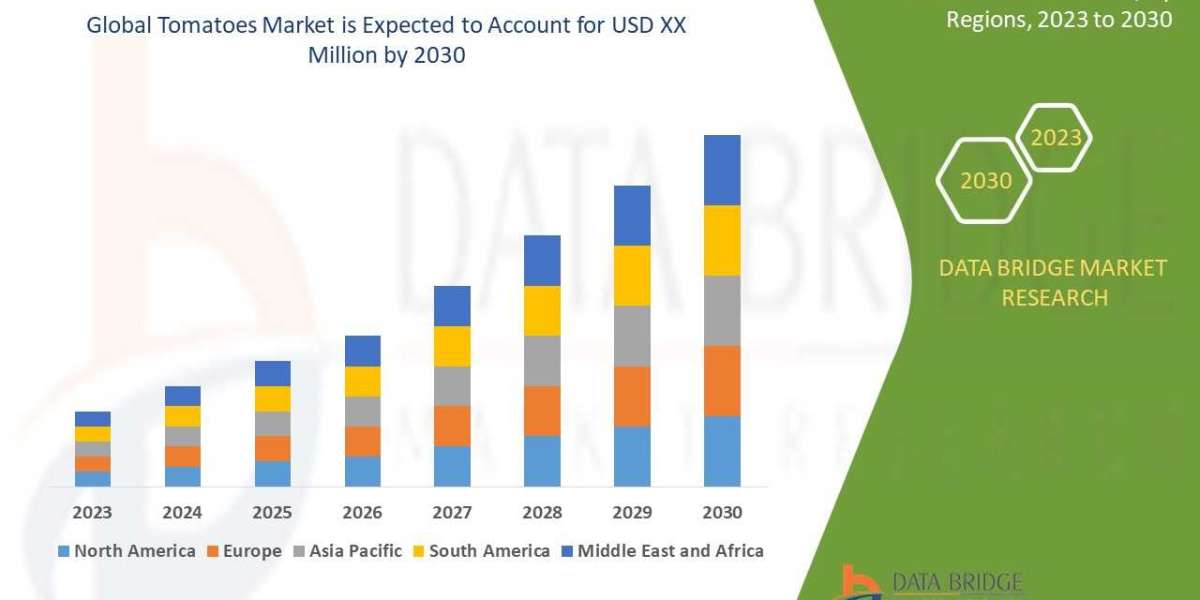A Velcro Cutting Machine is a specialized device created to automate the process of measuring and cutting hook-and-loop fasteners with consistency and precision. Since these fasteners are widely used in clothing, footwear, medical equipment, packaging, and even industrial products, the ability to cut them quickly and accurately is vital for large-scale manufacturing. As industries continue to prioritize both speed and quality, the role of automated cutting systems has become increasingly significant.
The Importance of Precision in Fastener Production
Velcro strips need to be cut to exact specifications to ensure their proper function and fit. Manual cutting often leads to inconsistencies in length, frayed edges, and material waste. By contrast, automated cutting machines deliver uniform results, minimizing errors that could compromise the performance of the finished product. Precision cutting also contributes to a professional finish, which is particularly important in consumer-facing industries such as fashion and healthcare.
Efficiency and Workflow Improvements
One of the primary benefits of automation is its ability to dramatically increase production speed. A cutting machine can handle large volumes of material continuously, outperforming manual methods by a wide margin. Integrated controls allow operators to set exact cutting lengths and repeat cycles, reducing downtime while enhancing workflow. This improvement is crucial for industries that must balance high output with tight delivery deadlines.
Adaptability to Different Materials
Not all hook-and-loop fasteners are identical; they vary in width, thickness, and material composition. Modern cutting systems are designed to adapt to these variations, offering adjustable settings and interchangeable blades. Some models also incorporate hot knife technology, which seals edges while cutting, preventing fraying and extending the durability of the finished product. This versatility ensures the equipment remains useful across multiple production lines.
Durability and Maintenance
Industrial machines must withstand continuous use, and cutting systems are no exception. Manufacturers typically construct these machines with high-strength components, reliable motors, and user-friendly designs that simplify cleaning and maintenance. Regular upkeep, such as blade replacement and lubrication, ensures consistent performance and reduces unexpected breakdowns. With proper care, these machines can operate effectively for many years, providing a strong return on investment.
Economic and Labor Impact
By automating a repetitive and detail-sensitive process, factories can reduce reliance on manual labor while increasing output and minimizing material waste. This not only lowers operational costs but also allows workers to be reassigned to more skilled tasks, such as quality inspection or product development. While the initial investment in equipment can be substantial, the long-term benefits of greater efficiency, accuracy, and reduced waste often outweigh the upfront expense.
The adoption of automated cutting technology represents a significant step forward for industries that rely on hook-and-loop fasteners. By combining precision, adaptability, and efficiency, these machines help manufacturers achieve consistent quality while streamlining operations. For companies aiming to stay competitive in fast-paced markets, integrating automated cutting systems is not simply a convenience but an essential component of long-term productivity and sustainability.



